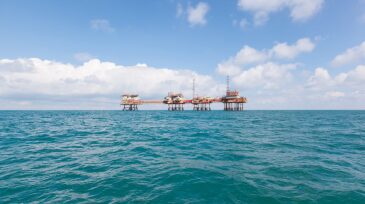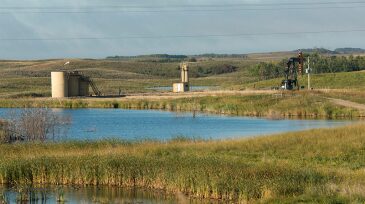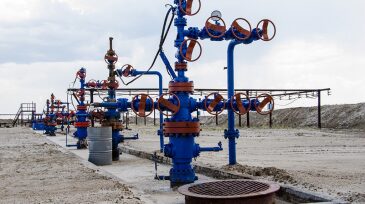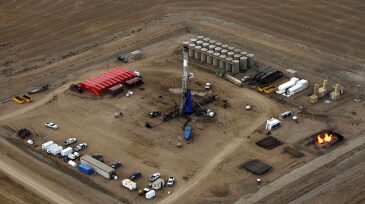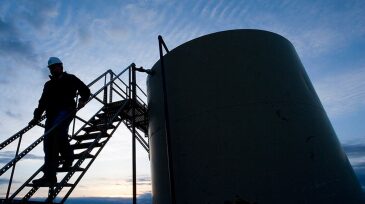emissions
-
Flaring and emissions challenges have recently made news headlines around the world. The goal of this article is to engage you with this important topic by presenting a selection of recent SPE papers which address these challenges through various approaches.
-
By transitioning from gas turbines to land-based electrical power for various platforms, the company hopes to reduce carbon dioxide emissions by more than 600,000 tonnes/year.
-
North Sea oil and gas production was up but greenhouse gas emissions in 2016 were down against 2015 performance, according to Oil & Gas UK’s Environment Report.
-
A US-government-sponsored program is putting new methane leak detection systems to the test with a goal of achieving functionality costs of $3,000/year/wellsite while hitting stringent performance criteria.
-
With the API and a multi-operator group passing separate programs aimed at reducing methane emissions, the discussions on what defines an acceptable level of regulation continues within the industry.
-
Between 2005 and 2015, energy-related carbon dioxide emissions decreased in 43 states (including the District of Columbia) and increased in 8 states. On a per capita basis, energy-related carbon dioxide emissions decreased in 49 states (including the District of Columbia) and increased in 2 states.
-
ExxonMobil announced an enhanced program to reduce methane emissions from its production and midstream facilities across the US. The program includes a commitment to switch out more than 1,000 high-bleed pneumatic devices over 3 years.
-
The US EPA’s 2016 New Source Performance Standards updated the 2012 standards by adding requirements for the industry to reduce greenhouse gas emissions, specifically methane. The 2016 NSPS also covers hydraulically fractured oil wells and production, processing, transmission and storage activities.
-
The amount of natural gas flared has plunged in North Dakota, a region that has been the leader by far in gas wasted because gathering systems could not hook up the wells fast enough.
-
A new federal air quality rule from the United States Environmental Protection Agency (EPA) could affect how the oil and gas industry handles waste gas emissions.



